With the Ken Burns series running, the Vietnam War is on people’s minds. Here’s a commentary from a veteran whose spent years thinking and writing about his experience there.
By Blaine Taylor
For MarylandReporter.com
Recently, Maryland Public Television re-ran its much-ballyhooed-and-heralded-in-advance, pre-Ken Burns documentary, entitled “Maryland Vietnam War Voices.”
What was actually shown and thus seen by and for Marylanders was, as usual, first-rate, with a good, representative collection of reasonable-sounding veterans giving their retrospective on America’s still longest and also most controversial war.
No discordant non-vet talking heads of the former anti-Vietnam War movement were presented. This was vets only talking about their war, long overdue in my view after 50 years on; so far, so good.
The bad
First, the show was misnamed, as it was not only Marylanders talking, but at least 10 from states other than ours, including two South Vietnamese vets who weren’t even Americans at the time of service when “their” war was fought.
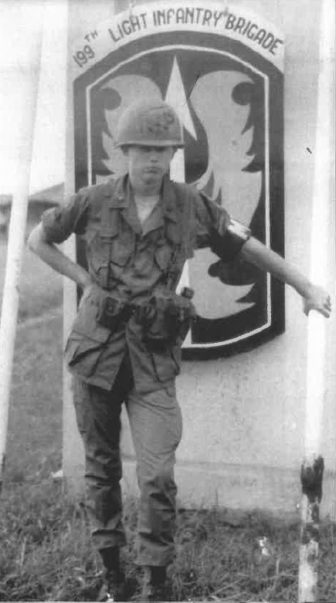
Author Blaine Taylor as a combat MP in Vietnam in 1967.
That—by the way—included our South Vietnamese allies steadfastly refusing to draft their 18-year-olds, while ours (including me) were in their country doing just that.
So, who were these non-Marylanders included in a “Maryland voices” program, and why were they there at all?
I suspect that they were needed to accomplish a flawed-from-the-start program formatting decision going in, much like the actual war itself. This was to show as many different aspects of it as possible.
Thus—when a Marylander couldn’t be found to express a desired viewpoint—the producers simply located an out-of-state person to supply it. The program’s title, therefore, would’ve been more accurate had the words “and others” been added at the end.
In the program, one of its producers stated that 250 vets were heard from, and of these, 100 were selected to be included. With about 10 from out-of-state, the number of “Marylanders” was reduced to 90.
The ugly
Many—if not, indeed, all—of the Army’s infantry divisions were duly heard from, but only three of its four combat light infantry brigades.
Excluded was the 199th that—according to The Military Book Club’s main featured titled some years ago, Days of Valor—saw the most actual combat in-country. It simply wasn’t heard from. Besides myself, was there not a single other member of the 199th in the entire Free State? I suppose that’s possible.
After the naval and air sides of the events were accounted for, their ground aspect was discussed by, say, about 45 or so combatants. Of these, the overwhelming number were Marines, and many fewer U.S. Army soldiers, thereby giving the historically false impression that all the fighting—or most of it, anyway—was done by the Corps.
This left the equally false impression that the Army soldiers were somehow just sort of “there.” Geographically and historically, the Marines mainly fought in the northern part of what was then known as South Vietnam, or in about a third of the country overall, with the Army fighting in the other two-thirds.
Thus was arrived at a badly skewered presentation that in the final analysis was a disservice to their fellow Maryland viewers: you.
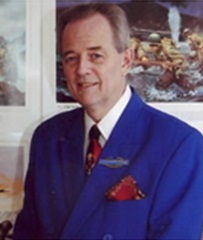
Blaine Taylor
Blaine Taylor was a combat military policeman in the U.S. Army 199th Light Infantry Brigade in South Vietnam, 1966-67. A long-time author of histories and biographies, Taylor covers one political aspect of the Vietnam War in his forthcoming 2018 biography “Bobby! From Robert F. Kennedy to RFK, 1925-68”.

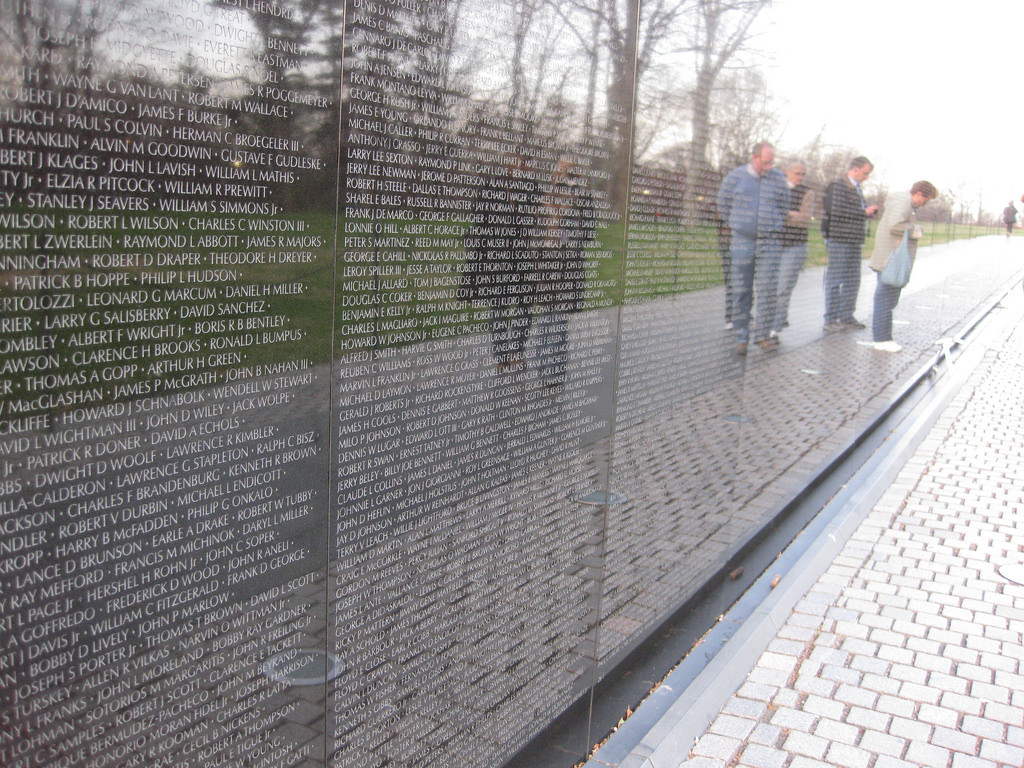

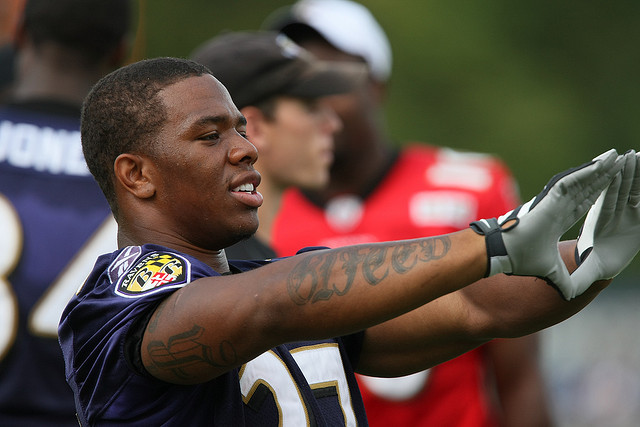
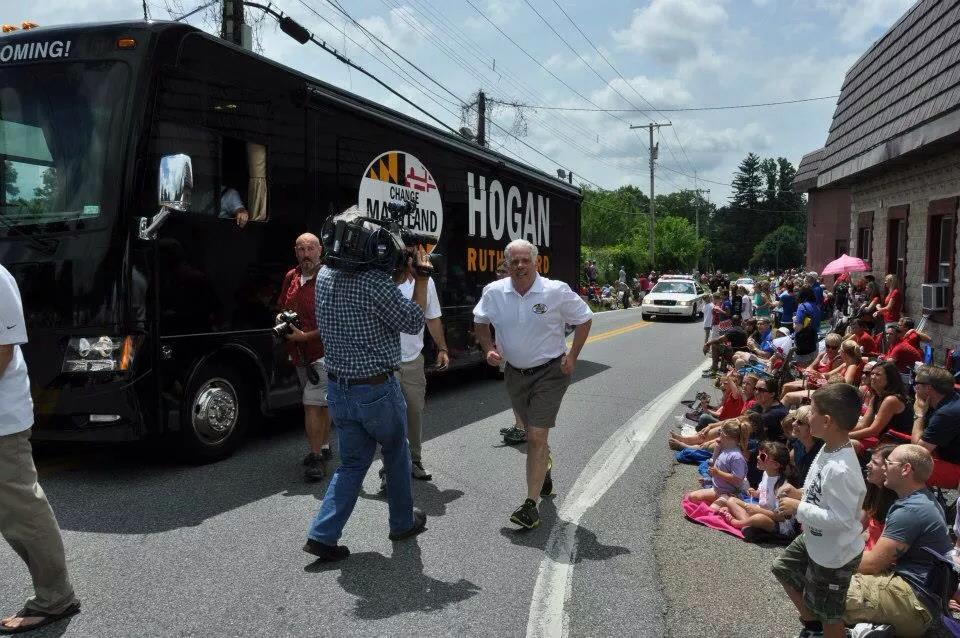
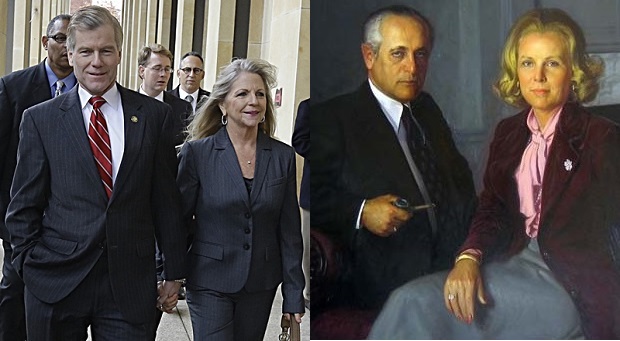

Recent Comments